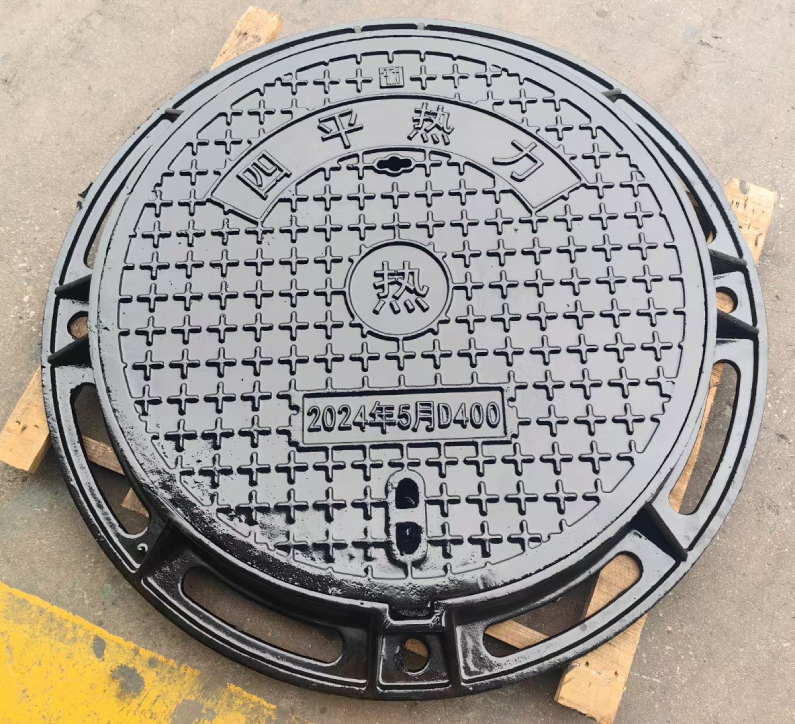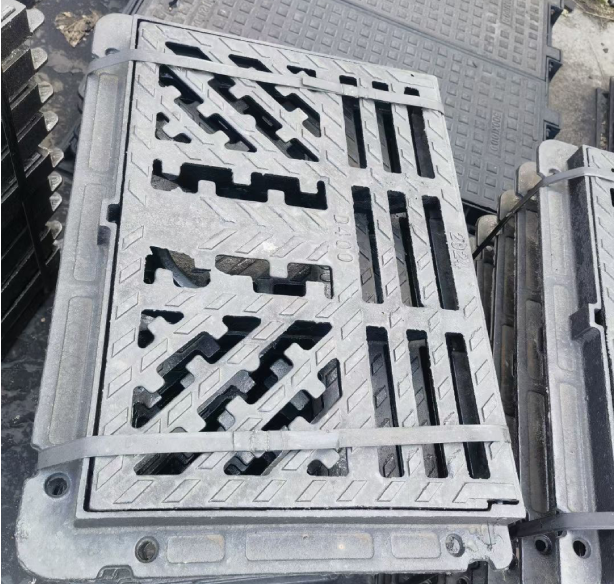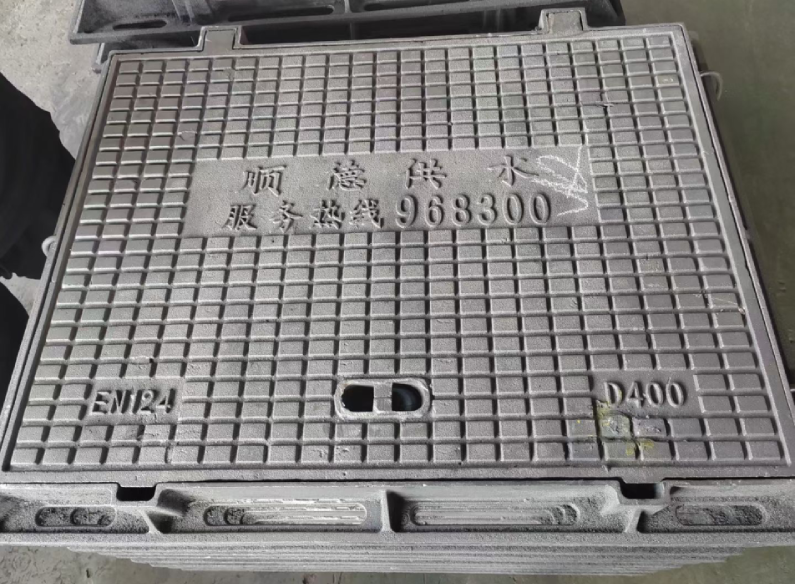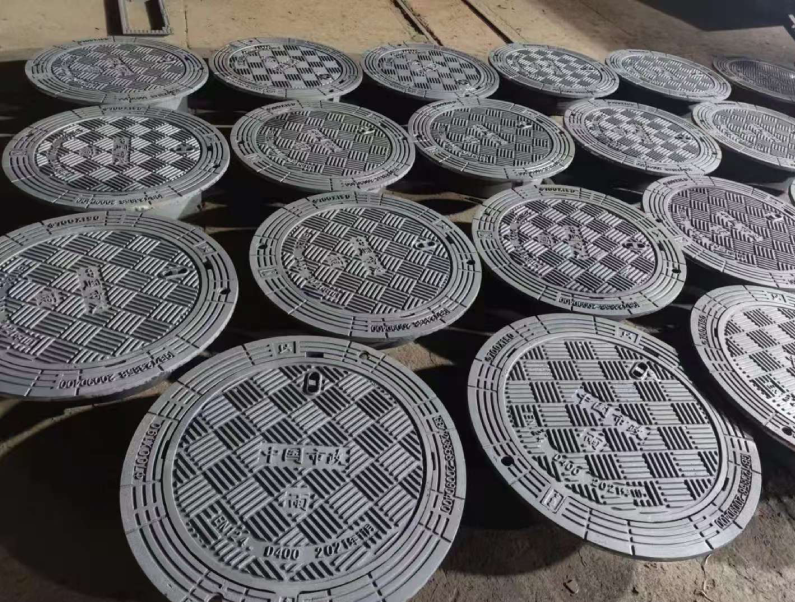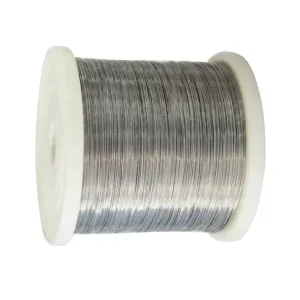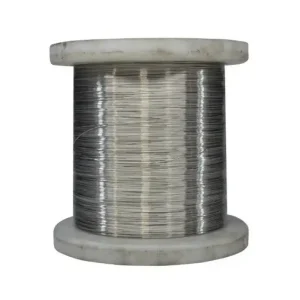Ductile iron manhole covers and frames deliver critical safety and durability for urban drainage infrastructure, engineered with spheroidal graphite microstructure to withstand extreme loads (up to D400/EN 124), corrosion, and traffic impact. Featuring precision-machined seating surfaces, anti-slip patterns, and optional locking mechanisms, these components ensure secure access while resisting deformation, noise, and unauthorized entry. Their superior strength-to-weight ratio, zinc/epoxy coatings, and 50+ year design life offer municipalities and utilities a cost-effective, low-maintenance solution compliant with ISO 12484 and EN 124 standards.
Global Market Forecast
Market Size & CAGR
| Year | Total Ductile‑Iron Market (US $ bn) | CAGR | Notes |
|---|---|---|---|
| 2023 | 1.50 | – | Base year |
| 2032 | 2.80 | 7.2% | Forecast |
Additional sources estimate entire manhole market at US $ 5.89 bn in 2023 growing to US $ 8.08 bn by 2030 (CAGR 4.6 %).
Regional Dynamics
-
Asia‑Pacific leads the surge (~40 % share), fueled by urban infrastructure and smart‑city rollouts.
-
North America & Europe maintain stable demand via infrastructure rehab.
-
MEA & Latin America show rising interest following utility upgrades, albeit from smaller bases.
Conclusion: Ductile iron manhole markets are on course for strong, demand‑driven growth—especially where public safety, load capacity, and durability are critical.
Specifications
| Parameter Category | Specification/Value | Standards/Remarks |
|---|---|---|
| Basic Specifications | ||
| Material Grade | GGG500-7, QT500-7, GJS500-7, ASTM A536 80-55-06 | Equivalent grades: EN-GJS-500-7 (EN 1563), FCD500 (JIS) |
| Load Classes (EN 124) | A15, B125, C250, D400, E600, F900 | A15: 1.5 tons (pedestrian); D400: 40 tons (roads); F900: 90 tons (ports) |
| Shape | Round, Square, Rectangular, Triangular | Custom designs accepted |
| Joint Type | Fixed frame with hinged/lockable covers | Anti-theft, noise-reducing, watertight options |
| Mechanical Properties | ||
| Tensile Strength (min) | ≥ 500 MPa | ISO 6892-1 |
| Yield Strength (min) | ≥ 320 MPa | 0.2% proof stress |
| Elongation (min) | ≥ 7% | 50mm gauge length |
| Hardness | 170–230 HB | Brinell scale |
| Dimensions & Weight | ||
| Cover Size (Round) | Ø 200–1200 mm | Common: Ø 600 mm, Ø 700 mm |
| Cover Size (Square) | 300×300–1000×1000 mm | Standard: 600×400 mm, 800×800 mm, 850×850 mm |
| Frame Size | +100–180 mm larger than cover | e.g., 800×800 mm cover → 980×980 mm frame |
| Depth | 50–100 mm | 75 mm (standard); 100 mm (heavy-duty) |
| Weight | 5–120 kg (covers); 20–154 kg (frames) | DN600 cover: ~50 kg; DN850 frame: ~65 kg |
| Coatings & Finishing | ||
| External Coating | Bitumen (black/gray), Epoxy, Zinc-Aluminum | Bitumen standard; epoxy for chemical resistance |
| Surface Texture | Non-slip patterns, anti-noise design | Diamond knurling or serrated surfaces |
| Internal Sealing | Double-sealed, watertight gaskets | EPDM/NBR rubber |
| Performance & Testing | ||
| Load Capacity (D400) | 400 kN (40 tons) | Tested per EN 124 |
| Impact Resistance | No cracking/spalling after drop tests | Validated via 5,000 thermal cycles (-30°C to +100°C) |
| Corrosion Resistance | Suitable for pH 4–10 soils | Zinc/epoxy coatings extend lifespan |
| Design Service Life | ≥ 50 years | With proper installation |
| Certifications | EN 124, ISO 9001, ISO 14001, OHSAS 18001, CE | Potable water compliance (KTW, NSF optional) |
| Packaging & Logistics | ||
| Packaging | Wooden pallets with PVC wrapping | Seaworthy; anti-rust oil applied |
| MOQ | 1 ton (custom designs: 1–24 pcs) | Sample price: $50–$130/unit |
| Delivery Time | 20–25 days (bulk); 3 days (stock items) |
Global Price Comparison
Prices vary by size, class, region & order quantity:
| Region | Class | Size mm | Price per unit (USD) |
|---|---|---|---|
| China MFG | B125 | 700 | $6–16 |
| Alibaba bulk | – | – | $0.90–1.50 |
| Specialized EU | D400 | ~76 cm | > $900 |
| Global Avg. | – | – | $150–1,200+ |
Price Factors
-
Size, Class: Bigger and higher class = more material = costlier.
-
Material grade: Higher tensile GJS variants cost more.
-
Finish & accessories: Bitumen, powder coat, lock/hinge systems add 10–30 %.
-
Quantity & shipping: Bulk orders drop costs; heavy shipping raises them.
Factors Influencing Price
-
Raw material market – iron ore fluctuation directly shifts base cost.
-
Labour & energy costs – regional variations, especially in Europe/America.
-
Regulatory compliance – certified products cost more initially.
-
Finishing and sealing – powder coating and gasketed lids require extra processing.
-
Logistics – heavy weight equals high freight; that hits final price.
Procurement Advice
-
Define load class and opening size clearly.
-
Always ask for material certificates (ISO/EN).
-
Request third-party load testing records.
-
Evaluate corrosion-resistance suitable for environment (e.g., coastal cities).
-
Seek warranty & anti-theft features like locking lids.
-
Compare total landed cost, not just item price.
FAQ
1. What distinguishes ductile iron from cast iron in manhole covers?
We often hear this question. Ductile iron contains nodular graphite, giving it superior tensile strength and impact resistance compared to grey cast iron. According to civil engineering professionals:
“ductile iron is stronger and for the same traffic loadings… ductile iron will have less weight and will be easier for workers to remove” .
In real-world climates—especially those with frost and thaw cycles—ductile iron remains durable. For example, Norway specifies ductile iron for covers that endure from –30 °C to +40 °C . Ultimately, ductile iron wins for resilience, longevity, and safety.
2. How are ductile iron manhole covers sealed and protected from water or odour ingress?
Ductile iron lids in load classes A15–C250 often employ an integral dry-labyrinth sealing system (a tongue‑and‑groove arrangement), which keeps out water and odours under normal atmospheric conditions. On the other hand, higher classes (D400–F900) usually lack integral seals unless explicitly designed with additional gasket systems. For flood or odour-prone zones, a flood/odour-control plate meeting D400+ standards is recommended.
3. What are typical maintenance practices to ensure the long lifespan of these covers?
We recommend a preventive maintenance protocol that includes:
-
Bi‑annual inspections in high-traffic zones (every 6 months) and annual checks in lighter-use areas.
-
Cleaning debris and re-applying protective coatings (e.g., epoxy, galvanization) to prevent corrosion.
-
Ensuring frames are level, seals intact, and covers properly seated to mitigate noise, misalignment, or sinking.
-
Lifting with appropriate tools and avoiding impacts that can crack or distort covers.
Adhering to these ensures safety, extends service life, and reduces replacement costs.
4. Which sealing or coating method offers the best protection against corrosion?
We prefer multi-layer finishing systems:
-
Barriercoat on bare ductile iron for general use.
-
Galvanization (zinc plating) for industrial and coastal zones.
-
Epoxy or polymer topcoats in chemically aggressive environments (e.g., de-icing salts or sewage).
-
Rubber gaskets or dry-labyrinth seals to prevent water ingress.
These measures, supported by manufacturing standards, are designed to extend service life and maintain structural integrity.
5. How do I choose the correct load class and size for my project?
Start by identifying the expected traffic type:
-
Pedestrian-only zones → Class A15
-
Vehicle parking areas → B125
-
Light roads → C250
-
Highways/roads → D400
-
Airfields/industrial → E600 or F900 – per EN 124
As for sizing, standard clear openings (600 mm, 800 mm, etc.) are pre-cast; bespoke dimensions usually require steel-fabricated units . Always match the cover to frame, subgrade, and loading conditions.
6. Can these covers be secured to prevent theft or tampering?
Yes—cover theft is a global issue due to metal resale value. We thus incorporate locking mechanisms such as:
-
Screw-fastened lids,
-
Specialized bolt-and-socket tamper-proof systems,
-
Quarter-turn locking (especially with round lids),
-
Smart locking with sensor alerts.
These enrich security as well as reduce service disruptions.

